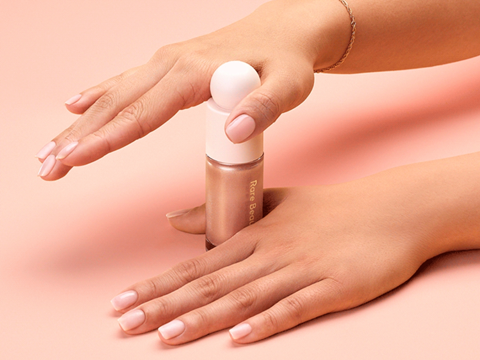
Accessible packaging design has hit the deadlines after actress Selena Gomez revealed that her own disability has influenced the size, shape, texture, and functionality of the containers for her cosmetics brand, Rare Beauty.
Appearing on the Good Hang with Amy Poehler podcast, Gomez discussed her experiences with arthritis in her fingers caused by lupus.
“Before the brand, I was trying to open a water bottle and it hurt really bad before I was on the right medication,” she explained.
“We somehow inherently made the [Rare Beauty] products easy to open, and then we realised, wait, they kind of have to be that way, and then we started to make every product with the intention of anybody who [has] dexterity problems.
“I know that might seem like a little thing, but it’s really not, because it’s actually so helpful for anyone at any age to be able to use the products. That’s why we want to make them easy and accessible, because it’s important to me and it always has been.”
Rare Beauty has tested and informed its packaging design alongside the Casa Colina Research Institute. In a study among participants with upper extremity disabilities, consumers with fine motor skill impairments indicated that the larger bottles were easier to hold, while the ‘unique’ packaging shape and cap enhancements resonated well with users of all ability levels.
Other reported features include a matte finish for firm grip and to prevent slipping; caps designed for minimal resistance, easy opening, and a comfortable hold; easy-to-remove applicators shaped for precise, painless application; and, in the case of the Kind Words Matte Lipstick, the ability to open the pack with one hand.
The new Rare Eau de Parfum bottle was apparently developed alongside hand therapists and packaging engineers to ensure its suitability for consumers with dexterity issues. Author, speaker, and disability advocate Sarah Todd Hammer tells her social media following that the shorter bottle helps with precise application, and the sprayer’s wider surface allows users with mobility issues to press down with their whole hand or wrist.
“Because of my personal experience, I’ve always been drawn to packaging that’s easy to open and close, hold, and apply,” reads a statement from Gomez on the Rare Beauty site. “When we started hearing [consumers’] feedback about how accessible [they] find our products, we wanted to know more.
“We plan to use that information for future packaging decisions and make it widely available to the beauty industry so they might do the same.”
Environmental concerns have also influenced Rare Beauty’s packaging design. So far, it reports that its outer boxes (minus limited-edition variants) are made from responsibly sourced, FSC-certified, and recyclable materials printed with water-based ink.
Apparently, the in-pack tissue and welcome card are made from recycled fibre and can be recycled, as can the tape used to seal the box. Any foam used to protect the products is said to consist of a natural packaging material made from corn and dissolve with water, or else break down in a maximum of 60 days in a moist soil environment.
Rare Beauty also encourages consumers to reuse its cotton canvas drawstring pouches for transporting their makeup. Additionally, the company emphasizes its intentions to ‘gradually’ introduce post-consumer recycled materials into its packaging.
Our previous report underlined the importance of accessibility to the sustainability transition, with a lack of choice holding the disabled community back from participating in recycling and circularity initiatives. It revealed that 65% of disabled consumers face limited spending decisions due to inaccessible packaging design, with a lack of regulation slowing broader progress.
Earlier this year, we reported on the patented economic packaging for Tilt Beauty’s refillable mascara and lip treatment products. Designed for consumers with mobility issues, visual impairments, skin conditions, and other disabilities, they are said to be the first products of their kind to receive Ease of Use certification from the Arthritis Foundation.
We have also dived deeper into the perspective of Microsoft’s senior creative director of Packaging Design and Content Development, Kevin Marshall, and the company’s wider stance on accessible packaging design – starting with the Xbox Adaptive Controller.
If you liked this story, you might also enjoy:
The ultimate guide to the Packaging and Packaging Waste Regulation in 2025
How are the top brands progressing on packaging sustainability?
Everything you need to know about global packaging sustainability regulation in 2025
The key to increasing the use of reusable packaging in supermarkets

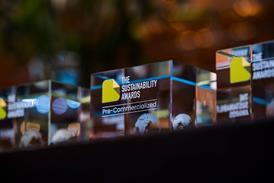

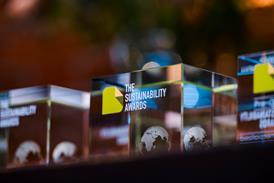
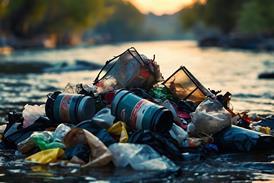
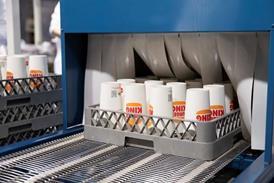












No comments yet